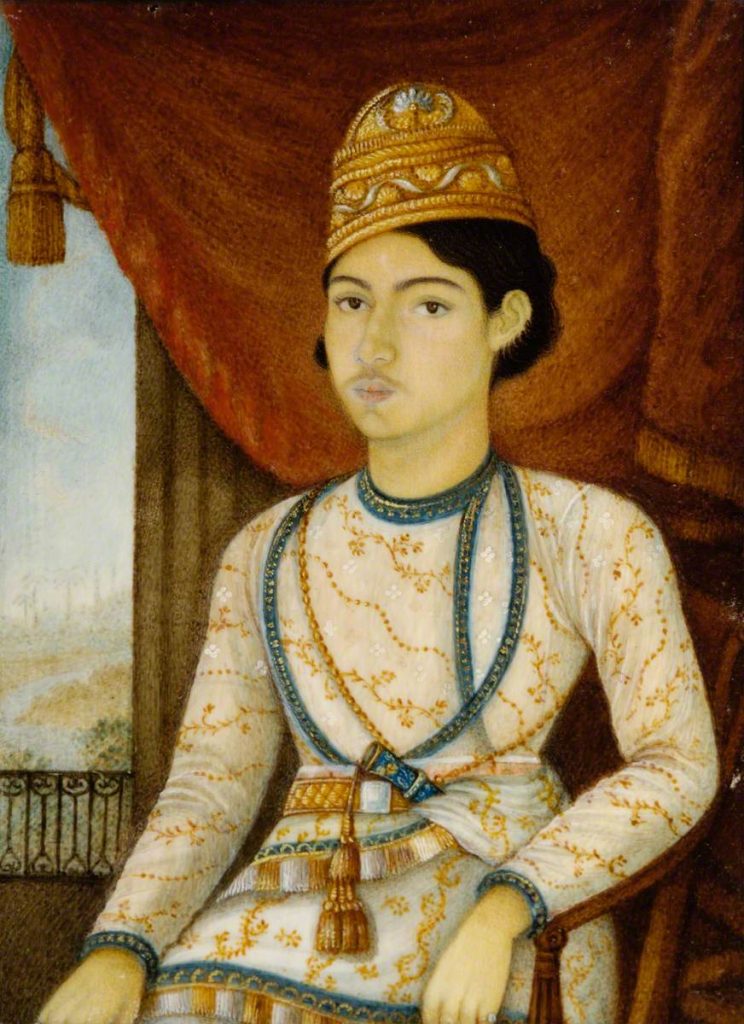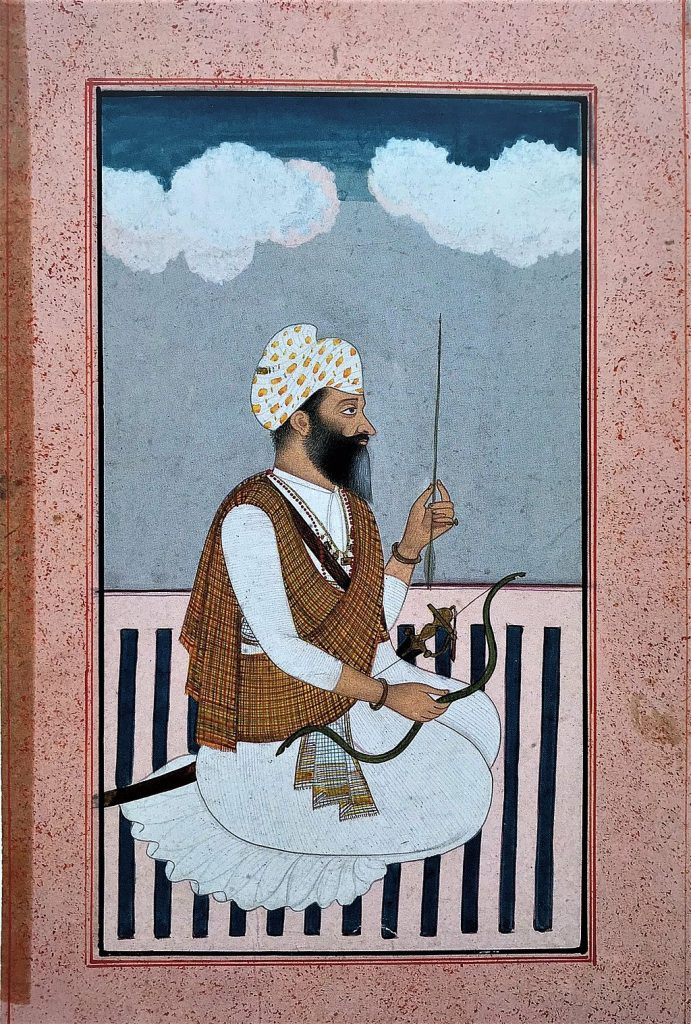Explore the life of JAI SINGH, founder of the Kanhaiya clan, who played a pivotal role in 18th-century Punjab's history, shaping its regions and legacy.
Explore the remarkable journey of Jassa Singh Ahluwalia, founder of the Ahluwalias and leader of the Dal Khalsa who declared Sikh sovereignty in 1761.
Discover the rich history of Jassa Singh Naushehra Nangli from the Shergil Sikh family, his governance roles, and legacy in Punjab during the Sikh era.
Explore the legacy of Jassa Singh Ramgarhia, the Sikh military leader renowned for rebuilding the Ramgarh fort and his role in 18th-century Punjab.
Explore the pivotal role of Ramgarh Fort in Sikh history, a bastion against Mughal forces and birthplace of the Ramgarhia misl.
Explore the tumultuous interactions between the Sikhs and Nawab of Oudh amid alliances, raids, and British influence in this historical narrative.
Explore the legacy of Tahl Singh, who gained jagirs in 1741 and forged his own path in history. His sons continued his influence, aiding Maharaja Ranjit Singh.
Discover Zain Khan's tumultuous reign as Sirhind's governor and his downfall in 1764, marked by relentless Sikh resistance in the Great Carnage.
Explore the legacy of Ahluvalia Misl, a prominent 18th-century Sikh confederacy in Punjab, led by the legendary Jassa Singh Ahluvalia.
Discover the legacy of Raja Amar Singh of Patiala (1748-1782), his conquests, political alliances, and the pivotal role in shaping the powerful state.
- 1
- 2






